Seed Starting
By Carrie Gerard
Updated October 21, 2021
When I first was inspired to start growing herbs and leafy greens in pots on my porch, I was a little unsure of exactly what to do. I didn’t know what time of year plants grew. I had no idea how deep to plant a seed. I just really had no concept of how it all worked, and I have a feeling that many people can relate. Starts are always a great option, but there are several benefits to starting your own seeds. For one, you get more bang for your buck. You also have the opportunity to choose more exotic varieties of plants; one plant usually has hundreds of varieties and you’ll only be able to find the few most popular at a nursery as starts. It’s also just so exciting to watch those little seeds grow!
The truth is, starting your own seeds can be a fun, rewarding and successful project, even if this is your first time trying. The most important first step is to create a setup that works for you. Commonly discarded household items can become great seed starting containers, such as egg cartons, plastic drink bottles, milk cartons, or even toilet paper rolls! You can also buy seed starting trays or reuse them from plants you’ve bought in the past. After that, all you need is the right soil, light, water and warmth.
Soil
You want a soil that is light so that those tiny seedlings are able to push through to grow. It should be fine, uniform and lightweight. You can buy a pre-made mix at any garden store, or you can make your own. A good mixture is about 1/3 compost, 1/3 sand, vermiculite or pearlite, and 1/3 peat. Peat is not a sustainable product, so if you want to be more ‘green’ you can use coir instead.
Light
Seedlings need a lot of light to prevent them from getting ‘leggy’, which means they grow too tall from looking for light, making them more likely to fall over and die once they start growing their leaves. This is the problem that many gardeners face when growing seeds in a window. There are a couple ways to avoid this problem.
- Place your seedlings in a sunny south facing window, and tape some aluminum foil to cardboard and surround your seedlings on the other 3 sides. This will help reflect more light.
- Place your seedlings under grow lights or fluorescent lights. Most types of fluorescent lights will work, but they need to be very close to the plants- about 3 inches above. Lights should be left on for 12-14 hours each day.
- Build a mini seed starting greenhouse. Using 1 to 3 inch pieces of wood you can build a simple box frame and secure 3 or 4 mil (which refers to the thickness) plastic sheeting with a staple gun or nails. Place in a sunny warm location outside with your starts inside. If it’s not heavy enough on the base, stake it down so it doesn’t blow over. You can leave your starts out over night when low temps are above 40 degrees F.
Water
The best way to water your starts is with a spray bottle. Pouring a direct stream of water has the potential to disrupt the delicate seedlings too much and can compact the soil. Water them at least once a day, possibly two times a day if they dry out quickly. Seedlings don’t usually recover from getting too dry, so check them twice a day to make sure the soil stays moist.
Warmth
If you’re starting seeds inside, do so in a part of the house that is heated. Seedlings appreciate temperatures that range from 60 to 80 degrees F. Don’t place starts outside unless they are in a greenhouse and the temperature does not go below 40 degrees, or until the temperature does not go below 60 degrees F if you have them uncovered.
How to Plant Seeds
Once you have everything listed above, you’re ready to start! Here are two more important tips to help you get started on the right foot. The most common mistake I see first time planters do is dump a bunch of seeds in one spot. Yikes! You only need to plant 1 to 3 seeds per hole. Too many seeds causes crowding, meaning that none of your plants will grow as they should. They will be stunted, stressed, and go to seed very quickly. If you do plant more seeds in one spot (just to be extra sure something ends up growing) you will have to prick out the weakest looking ones until you have only 1 or 2 healthy plants. The exception is cilantro or parsley because they are small plants and have long, skinny stems. Think about how tall and wide the mature plant gets- if you’re not sure, the seed packet will tell you.
Let’s use basil as an example, which likes to spread out in all directions. Imagine having 2 plants crammed right next to each other. Believe it or not, those 2 plants combined won’t produce what 1 thriving plant would. So if you planted 2 basil seeds and they are both coming up and growing strong, even though it can be heartbreaking, it’s best to cut the smaller one out. If you’re really delicate and the plant roots are not too intertwined, you can sometimes separate seedlings apart. If you want to grow your herbs inside, having smaller plants might be to your advantage. In this case, in the pot you want to use, plant seeds in 3-4 scattered holes a few inches apart.
The second most common mistake is planting the seed too deep. Here’s how to do it right: identify where you want to place the seed, then with your index finger make a small indentation in the soil. Just a few millimeters! Then place your seed and cover it with a dusting of soil. A good rule of thumb for how deep to plant is twice as deep as the width of the seed.
One last thought- starting your garden with healthy seedlings is the most important first step for your thriving garden. If a start is damaged or just not growing well, don’t feel like you have to plant it, it will only give you poorer results in the garden. Happy planting! Check out these links for more information and seed starting ideas:
More details on how to start seeds
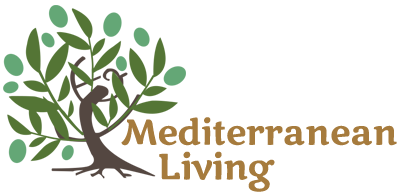







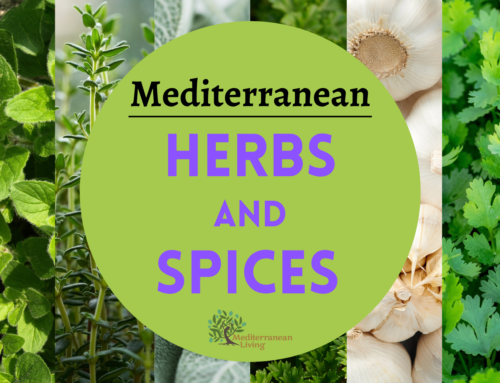
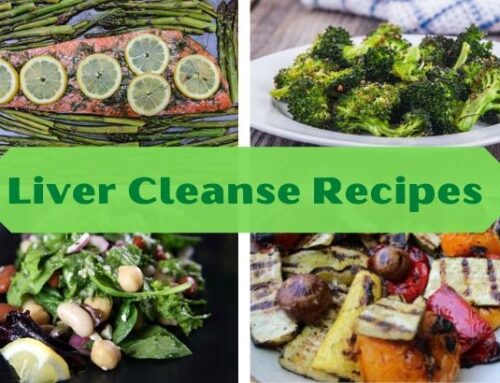
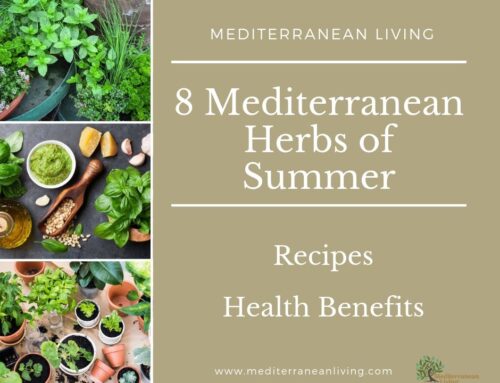
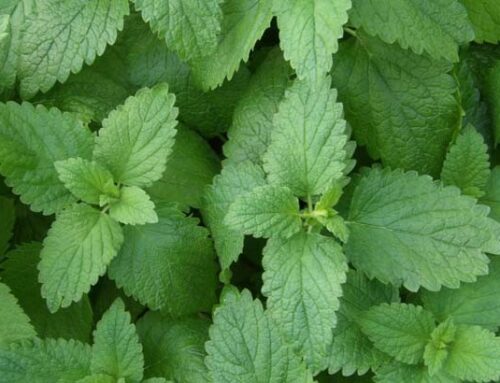
Winter LeBlanc says:
Winter LeBlanc says:
Bill Bradley, R.D. says: